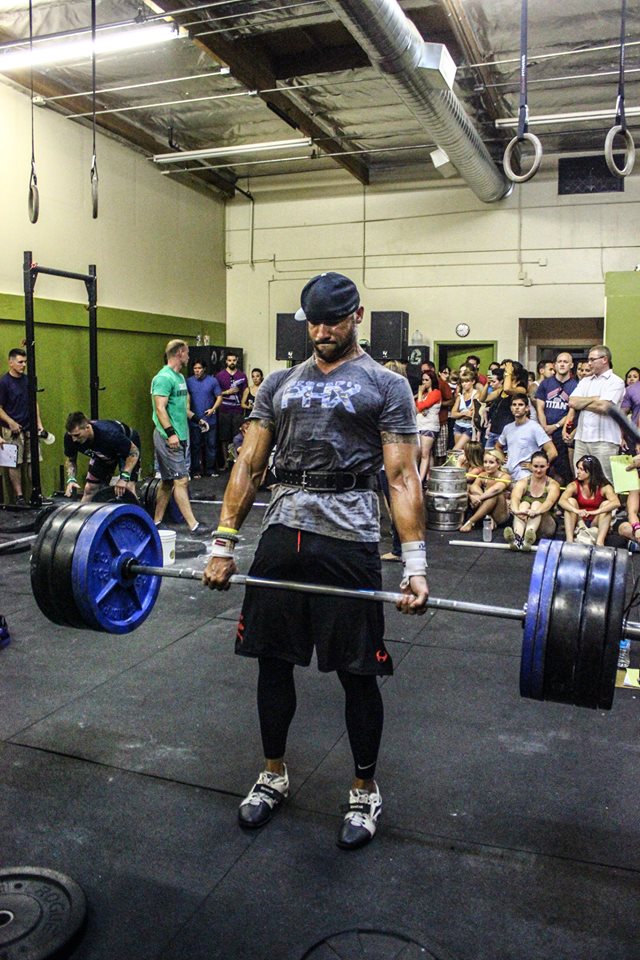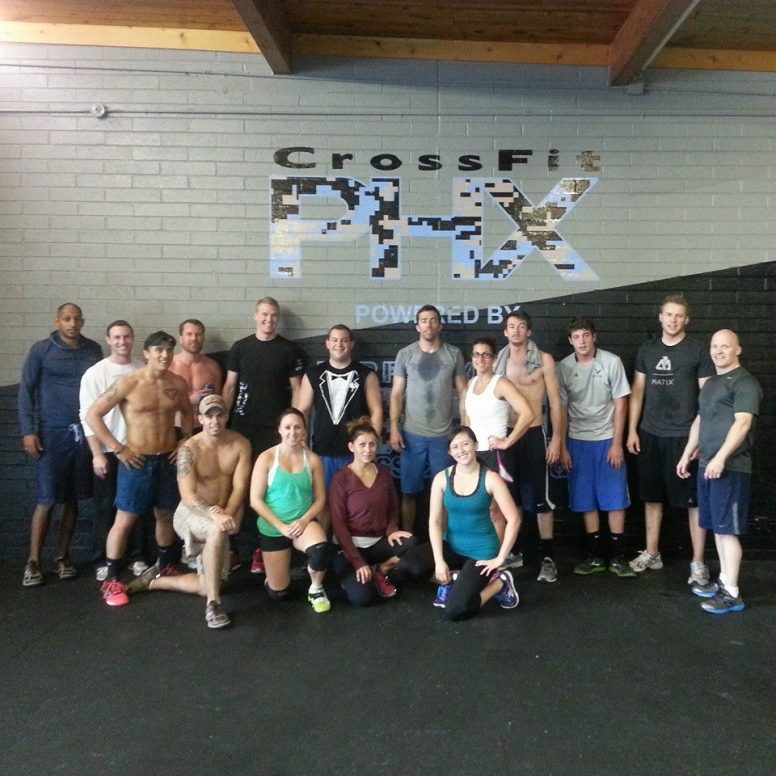As an owner of a gym, and competitive athlete, whether it was college football, amateur bodybuilding, or CrossFit, I’ve learned a lot over the years with regards to where my passion for fitness fits into my relationships with girlfriends. More often than not, it didn’t. There was almost always friction between my training and making progress in the relationship department.
Well here I am, about two weeks from getting married to the woman of my dreams and here are the three maxims that keep us happy as couple in and out of the gym when it comes to keeping fitness a priority.
Understand Each Other’s Goals: Hands down, the most overlooked and under-appreciated aspect of any relationship in my opinion. For my wife-to-be and I this was a hurdle that we overcame early on after she moved down from Chicago and we began training together in CrossFit consistently. For me, most importantly, it was acknowledging her goals as a coach, and not riding her like I would someone with “Regional” aspirations. Both of us have been competitive our entire lives. However, where I thrive on throwing my hat in the ring and finding out where I stack up locally and regionally against other competitors, she is what I would call “recreationally competitive”. All she wants is to do a competition or two per year and simply enjoy the experience, while training her ass off in between. Where I’m at the gym all day, and squeeze in extra sessions outside of classes, she has a real job, and multiple training sessions on the regular are not necessarily realistic. All that being said, she supports everything that I do, and doesn’t nag me for the long hours I put in working on the business and in my own training. Similarly, I simply push her through workouts and encourage her when she sets her sights on a competition. However, I am not in her ass day in and day out to make sure she’s in here killing herself with extra metcons and auxiliary work. I want her to listen to her body, and put in max effort when she trains. Without the understanding of each other’s wants and needs when it comes to training, it can really put a strain on our relationship that is completely avoidable.
My advice: Do some digging and figure out what training means to your lover, and figure out what needs are to be met to support those goals
Meet Them Where They’re At: If you are more experienced at any facet of fitness than your partner, then chances are that’ll show itself when you train. Don’t be that asshole that rolls into it with a bunch of unsubstantiated assumptions. This will undoubtedly lead to unrealistic expectations and kill your lustful buzz. It would have been a huge mistake to assume that because she was a college athlete, that she would be a “regional ready” almost immediately. In the game in which we play now, there is no telling what someone is absolutely capable of at a glance or because they’ve picked up a weight once or twice in their life.
My fiancée was a D-1 hoopstar once upon a time, while I played football. Her sport, requires more time on the court year round developing technical proficiency than it does in the weight room, where as the off season football programs I was involved had a little time working routes and coverages, more time spent getting bigger, faster, stronger. Needless to say, her finesse game and engine are solid, where I excel in the weight lifting aspects of CrossFit. She can wall ball, burpee, and hit double unders all day and has decent strength, while I’m built and trained for a couple maximal lifts and workouts 5 minutes or less. She was stringing double unders for 50 reps inside of three months. It took me nearly a year to stop hitting each rep with a high knee tuck.
When we train we make a conscious effort to appreciate the progress we’ve made in each other’s performance. At the same time, we never allow ourselves to be down about a shitty workout in areas that aren’t necessarily in our wheelhouse. We constantly reinforce improvement, and pinpoint areas that need to a little more attention to detail.
My advice: High five each other’s strengths, help each other build up weaknesses and celebrate your respective progress along the way
Be Encouraging, But Hold Each Other Accountable: There is no room for slacking in this relationship. While she is my best friend, there is no doubt that my Lady Love will put foot to ass when the situation dictates. Likewise, if we have an off day, or don’t do well in workout involving movements that aren’t a mainstay in her training, we are each other’s reality check.
“Well, when was the last time you stuck around and worked on that?”
“You knew pistols were going to hand you your ass, why are you so surprised right now?”
“It’s been a rough week of training, was a PR at all realistic today? I bet you nail it next time.”
This is just a little of the dialogue that we find ourselves in from time to time. I have her back and she has mine 100%. However, neither of us is so naive that we’ll let ourselves get away with bitching for the sake of bitching. They say that misery loves company, but it doesn’t have a seat at our table. It’s more than OK to have a bad day of training. It happens. But you also need to get over it, fix what needs to be fixed, and move on. Sitting around recruiting pity party never solved anything.
My advice: Be supportive of your partner, but don’t allow them believe their own negative self talk. Help them to be proactive in their training, not reactive
Copyright © 2014 Next Level Performance and Fitness Consulting, LLC. All rights reserved.
















